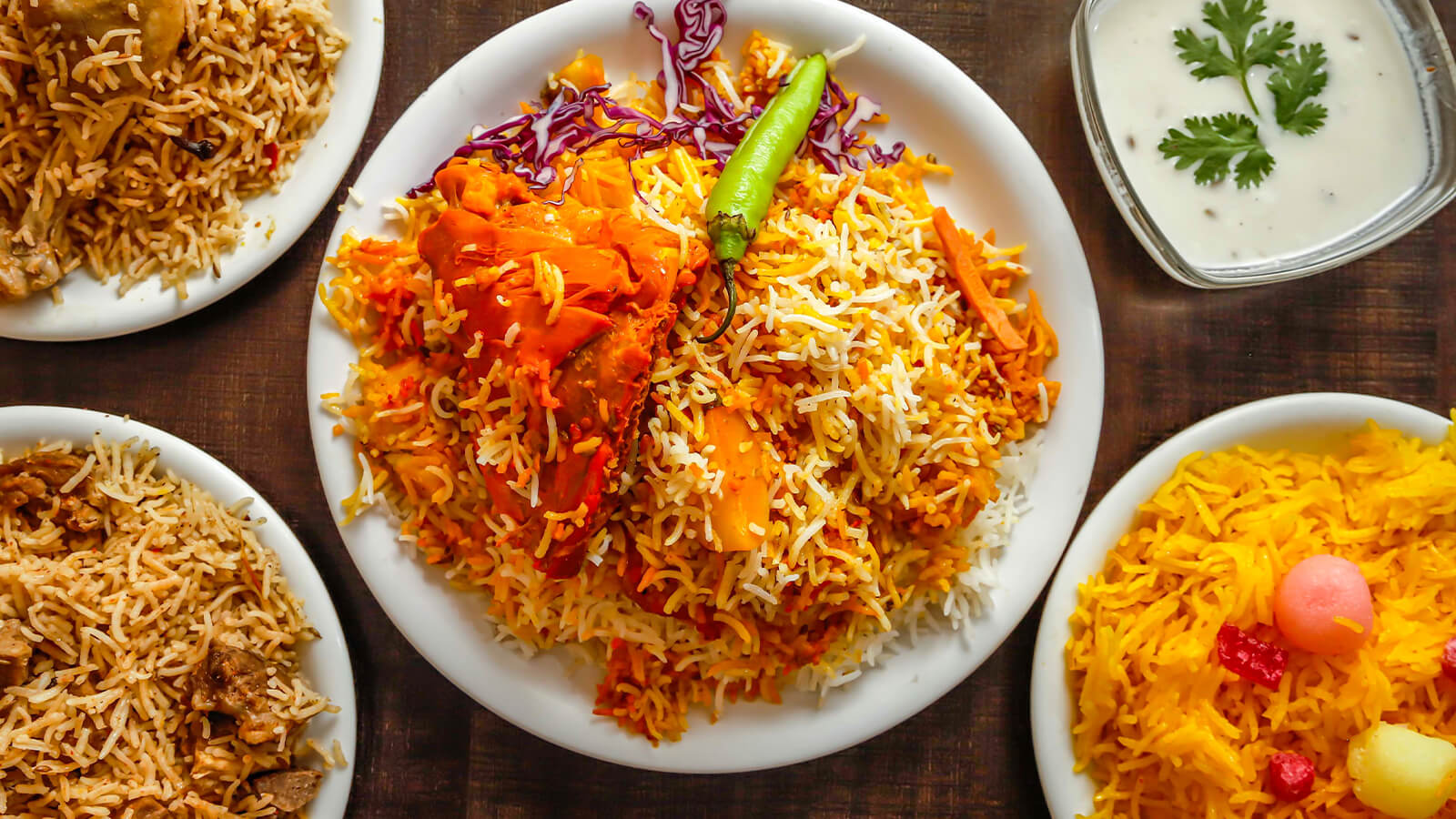6 Rare Fruits That Everyone Must Try

For most of us living in the U.S, a trip to the fruit section of our grocery store is monotonous. You will only find fruits such as apples, bananas, grapes, and oranges which are available all year long. While fruits like Mangoes and Guavas seem to be a favorite among Indians everywhere, did you know that some of the world’s rarest fruits are found in Southeast Asia? We have come up with a list of the world's six most unique and uncommon fruits that you may have never heard of. They come in all shapes, colors and sizes:
1. Jackfruit

Starting off with Jackfruit, it is known as the national fruit of Bangladesh and Singapore. Jackfruit is naturally sweet, and tastes like pineapple and banana. It can be eaten both ripe and unripe. This tropical yellow fruit is shaped like a bean and can weigh over fifty pounds. This versatile fruit is a vegan favorite as it is often used as a meat substitute. Therefore, it is often referred to as “vegetable meat”. Jackfruit has become extremely popular in the United States as a plant based meat alternative because of it’s meat-like texture. Some restaurants are now beginning to serve jackfruit tacos and sandwiches as a meatless option on their menu. In south Indian cuisine, jackfruit is used to make curries, dosas and Idlis.
2. Durian

Next up is Durian, native to Indonesia, Thailand and Malaysia. It is recognized as ‘the king of fruits’, due its appearance. It has a spiky exterior, and has an unusual taste and flavor. Durian has a husk covered in green thorns, and can weigh up to 7 pounds. Durian is expensive and difficult to grow. It is used as a flavor in ice cream, candy and cakes. Durian has an acquired taste, the description of which varies as some people utterly dislike the taste while others love it. People describe the taste as “garlic pudding” or “rotten onions”. Interesting fact, due to its overpowering and unusual smell, Durian is banned on public transportation in several countries in Asia.
3. Mangosteen

Besides having a similar name, Mangosteen has no relation to Mangoes. Mangosteen is a tropical fruit that is low in calories, but high in nutrients and antioxidants. It is recognized as the “Queen of Fruits” because legend has it that it was Queen Victoria’s favorite fruit. Mangosteen is grown in India, Thailand and Malaysia. It is commonly consumed by itself but can be used as a topping for salads and yogurt. Purple in color, the taste of Mangosteen is described as sweet and tangy, or a mixture of lychee, peach, strawberry and pineapple. Due to its seasoned nature, Mangosteen is only available for a short period of six to ten weeks during the year. In Southeast Asia, Mangosteen rinds are used for medicinal purposes.
4. Rambutan

The name of this fruit is derived from a malay word “rambut” which means hair(referring to its outer spiky exterior). It can be eaten, fresh, frozen or in a jam. Rambutan is a favorite fruit snack around Asia. It is grown in Malaysia, Thailand, Philippines and Indonesia. Rambutan is red in color with a sweet and sour taste. It resembles the taste of grape or strawberry, and is a rich source of nutrients and antioxidants. Because it is a close relative of lychee, Rambutan is a great option to add to tropical fruit salads or use as fruit topping on ice cream and yogurt.
5. Sapodilla

In India, Sapodilla is known as Chikoo. This fruit is shaped like an egg with rough brown skin. When ripened, it is yellow on the inside. Sapodilla is soft, sweet and juicy, with a taste similar to a pear and it is recognized as one of the most desirable tropical fruits. It is largely grown in Pakistan, India, Bangladesh, Thailand and Malaysia. Sapodilla can be eaten raw and is often used in shakes, ice cream, custards, and pudding.
6. Jabuticaba

Last but not least, this interesting name is derived from the Tupian language. In Tupi, the word jaboti/jabuti meas ‘tortoise’, and the word caba means ‘place’. This translates to "the place where tortoises are found". Native to Brazil, Jabuticaba is purple in color, and is similar to grapes in taste. It has a thick, astringent skin that encases a sweet pink jelly flesh. Jabuticaba can be eaten fresh by itself or used to make jams, marmalade and wine.
Now that we have presented a captivating list of tropical exotic fruits. The next time you are traveling around the globe, visiting local markets, or visiting your local ethnic supermarket, be sure to look out for these uncommon delicacies. Leave a comment to let us know which of these fruits you have tried (or if we have missed your favorite).





